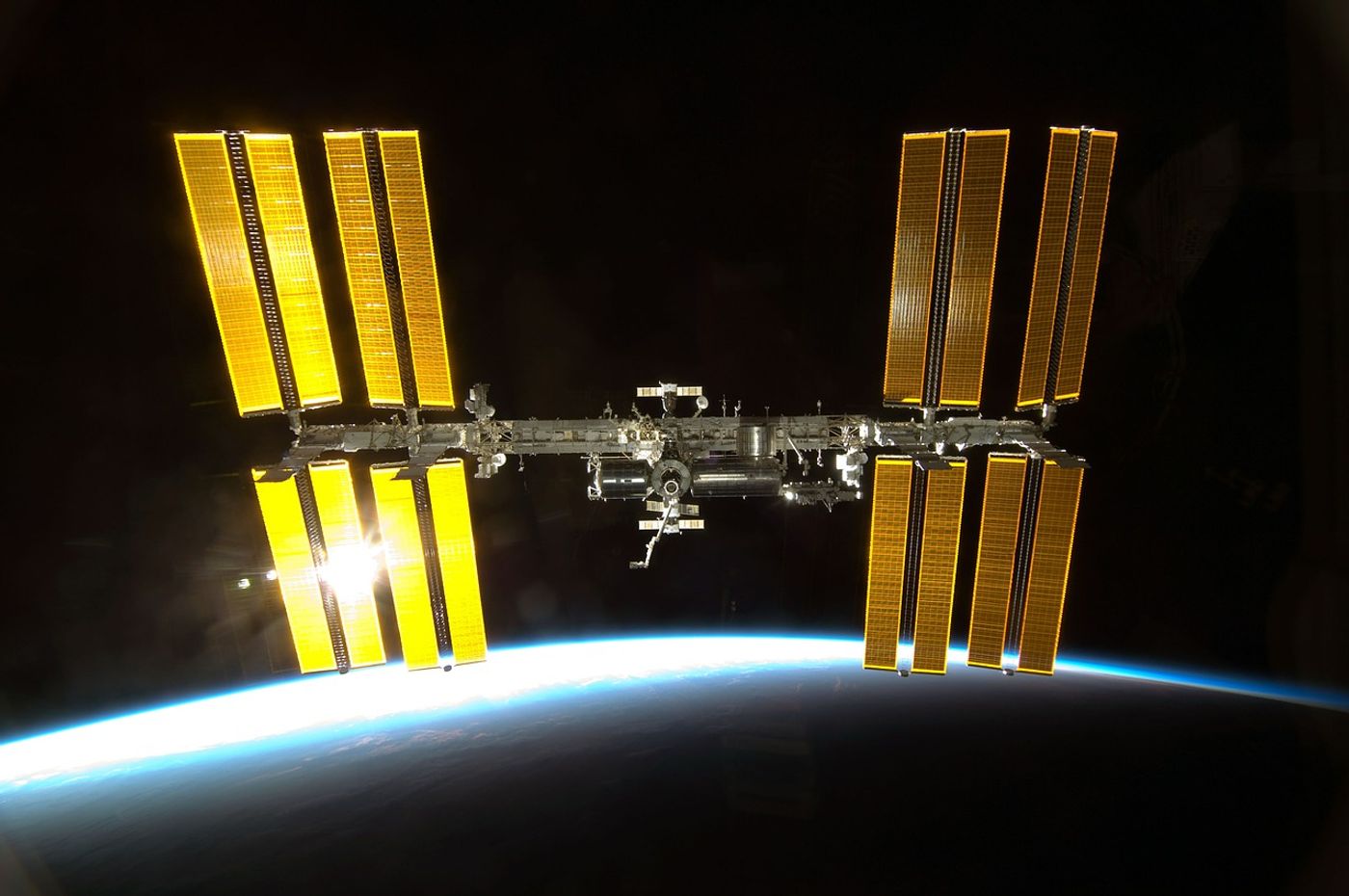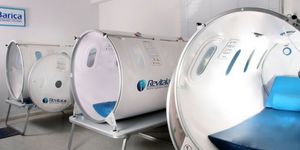Life Can Adapt to Microgravity, Research Finds
When life on Earth first began, it was rapidly evolving over the course of generations to keep up with the dynamic conditions of the planet.
With life's resilience fresh on the minds of researchers from the University of Houston in Texas, they decided to take things a step further and see whether life could adapt to survive in microgravity over the course of generations.
Image Credit: Skeeze/Pixabay
In the journal npj Microgravity, the researchers describe the changes they observed as 1,000 generations of Escherichia coli (E. Coli) were subjected to simulated microgravity conditions right here on Earth.
While it’s difficult to replicate microgravity on Earth without blasting off into the cold vacuum of space, we can use the High Aspect Rotating Vessel (HARV) or parabolic flights to produce the “feeling” of free-fall and weightlessness without the costs associated with launching a rocket to the International Space Station.
Related: The International Space Station is a magnet for germs
The goal of the experiment was to learn whether the bacteria would undergo any kinds of genetic changes over the course of the several generations, and to their surprise, they found at least 16 genes having to do with biofilm production had been mutated after exposure to the rotating vessel method.
“When people are in a free fall, their first instinct is to grab onto something,” study lead author Madhan Tirumalai explained. “When bacteria are in conditions of microgravity, one can expect something similar to happen at the microscale level, which is to grab onto a substrate and to grab onto other bacteria.”
As it would appear, the simulated microgravity had a direct impact on these mutations. Combining to create a biofilm is just one way that bacteria can band together to increase the odds of survival in harsh conditions, like those found in space.
Related: Eradicating dangerous biofilms with enzymes
To ensure that the mutations were occurring for survival reasons, Tirumalai added a standard strain of E. Coli to the mutated strain inside of the rotating vessel to see how the common bacteria strain would compare in resilience to the mutated bacteria.
Unsurprisingly, the mutated bacteria was out-growing the common bacteria, which hints that the changes were a direct survival response to the simulated microgravity environment.
To find out whether the mutations were temporary or permanent, Tirumalai removed the mutated bacteria and grew it outside of the HARV. Some of the mutations seemed to disappear after just ten generations of exposure to Earth-like gravity again, which hinted that only some of the mutations were permanently etched into the DNA while transient gene expression caused the others.
“Evolution is a strangely complex phenomenon,” Tirumalai continued. “It’s difficult to predict. You can never know how many generations it would take for adaptations to become irreversible.”
The study has implications for the resilience of life in outer space. While it doesn’t prove that humans can magically evolve to survive long-term in microgravity by any stretch, it does show that life can adapt to some space-like conditions if necessary for survival.
Since long-term space missions will require humans to stay in spaceships for months or years at a time, a day could come where new generations will be born in space rather than on Earth. Understanding how and what resilient mutations are passed on from parent to offspring is essential if we are to get to that point.
There is still much more research to do before we start colonizing space, but it's a start.
Source: University of Houston









